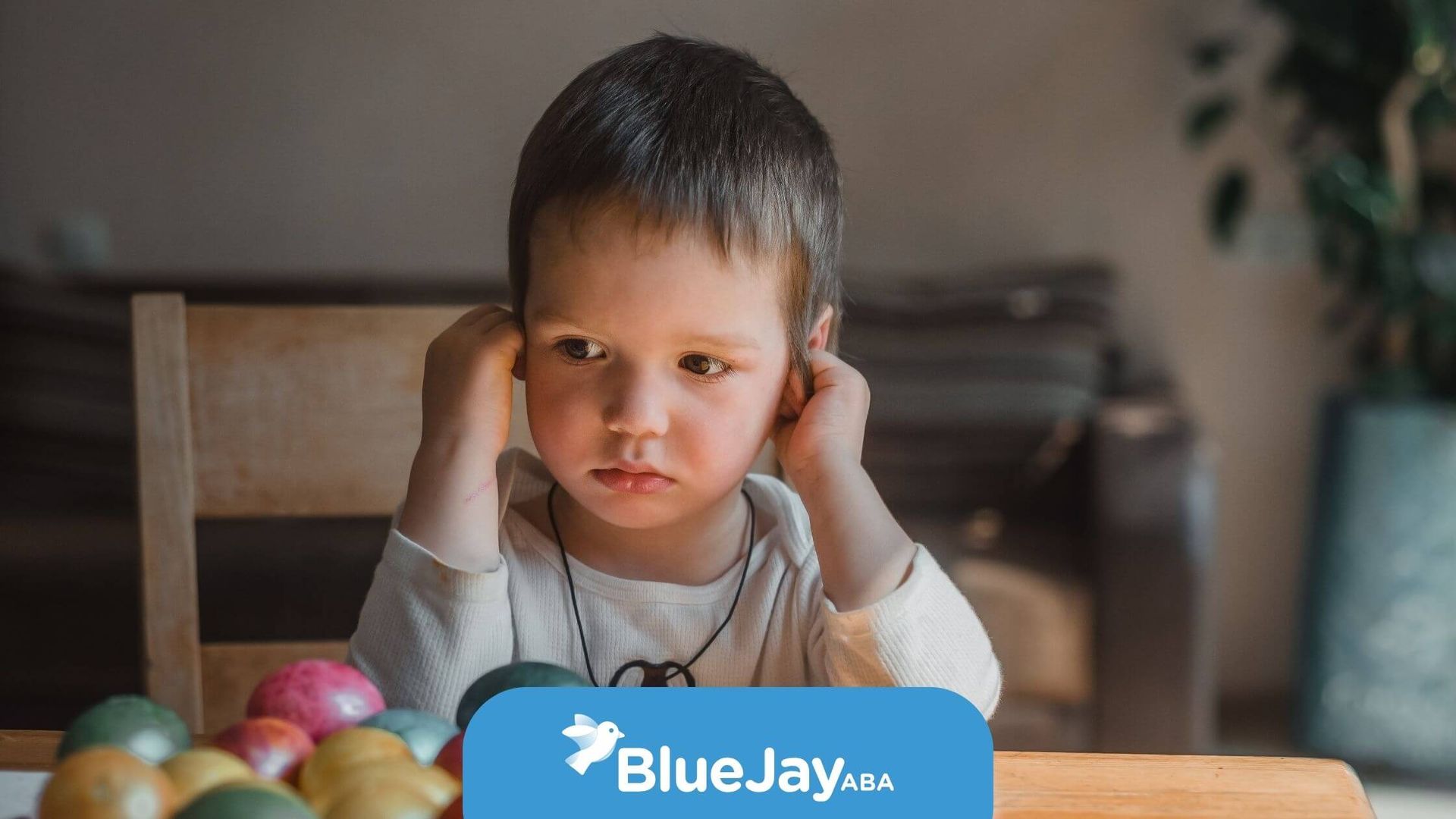What’s the Difference Between ABA and BCBA?
If you’ve just started exploring autism therapy options like home-based ABA therapy, you’ve probably come across the terms ABA and BCBA a lot.
Here's the quick version: ABA stands for Applied Behavior Analysis, a type of therapy. BCBA stands for Board Certified Behavior Analyst, a professional who provides or oversees that therapy.
Let’s break it down a bit more.
ABA: The Therapy Approach
ABA is a science-backed method used to teach communication, social skills, and daily living skills—especially for children on the autism spectrum. It’s built on behavior principles like reinforcement and repetition.
According to the CDC, ABA is considered one of the most effective therapies for autism, with decades of research behind it.
Parents I’ve spoken with often describe ABA as “life-changing.” One mom shared how, within months, her son started using words to express basic needs—something he had never done before. That’s the power of ABA.
BCBA: The Certified Professional Behind the Plan
A BCBA is a master’s-level clinician trained in behavior analysis. They don’t just deliver therapy—they create customized treatment plans, train other therapists, and closely monitor progress. Think of them as the team leader ensuring everything is tailored to your child’s needs.
According to the Behavior Analyst Certification Board, there are now over 60,000 BCBAs worldwide—a number that’s grown fast due to increasing demand for autism services.
Looking for ABA Therapy That Truly Supports Your Family?
At
Blue Jay ABA, our team of dedicated BCBAs and therapists deliver compassionate, personalized ABA services that help children thrive—at home, in school, and in life. We’re here to walk this journey with you.
Ready to take the first step? Let’s talk.
Related Posts






